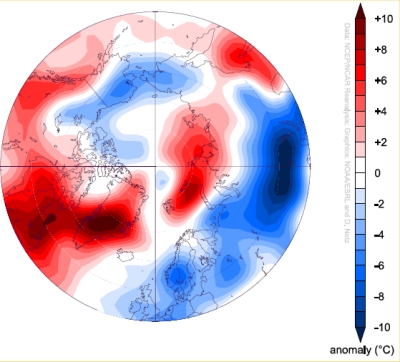I was wondering when someone would decide to toss this one up and see if it sticks.
Here's a little graphic for you, in response.

You'll note, perhaps, that both in number (число) and area (площадь), 2010 is hardly a stand-out year for forest fires in Russia's 11 timezones. They make a big deal this year primarily because of the proximity this time to the capitol.
And here's another fun picture for you:

Moscow and eastern Russia are warm; Central Asia, on the other hand, is having a hell of a cold summer. Then again, so are we out here in the Pac NW.
But yeah; whatever. Weather is not climate, except when AGW-fanatics want to prove a point, right?
And as for the now-falling-off global temp finally crossing an upward-trending 'dotted line' some people drew on a graph years ago... the fact that a stopped clock is right periodically has little bearing at all on it's utility as a timepiece.








 . I'm sure once wintertime rolls back around, he'll toss weather to the side and return to his old fallback.
. I'm sure once wintertime rolls back around, he'll toss weather to the side and return to his old fallback.


